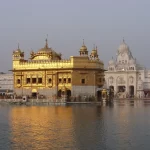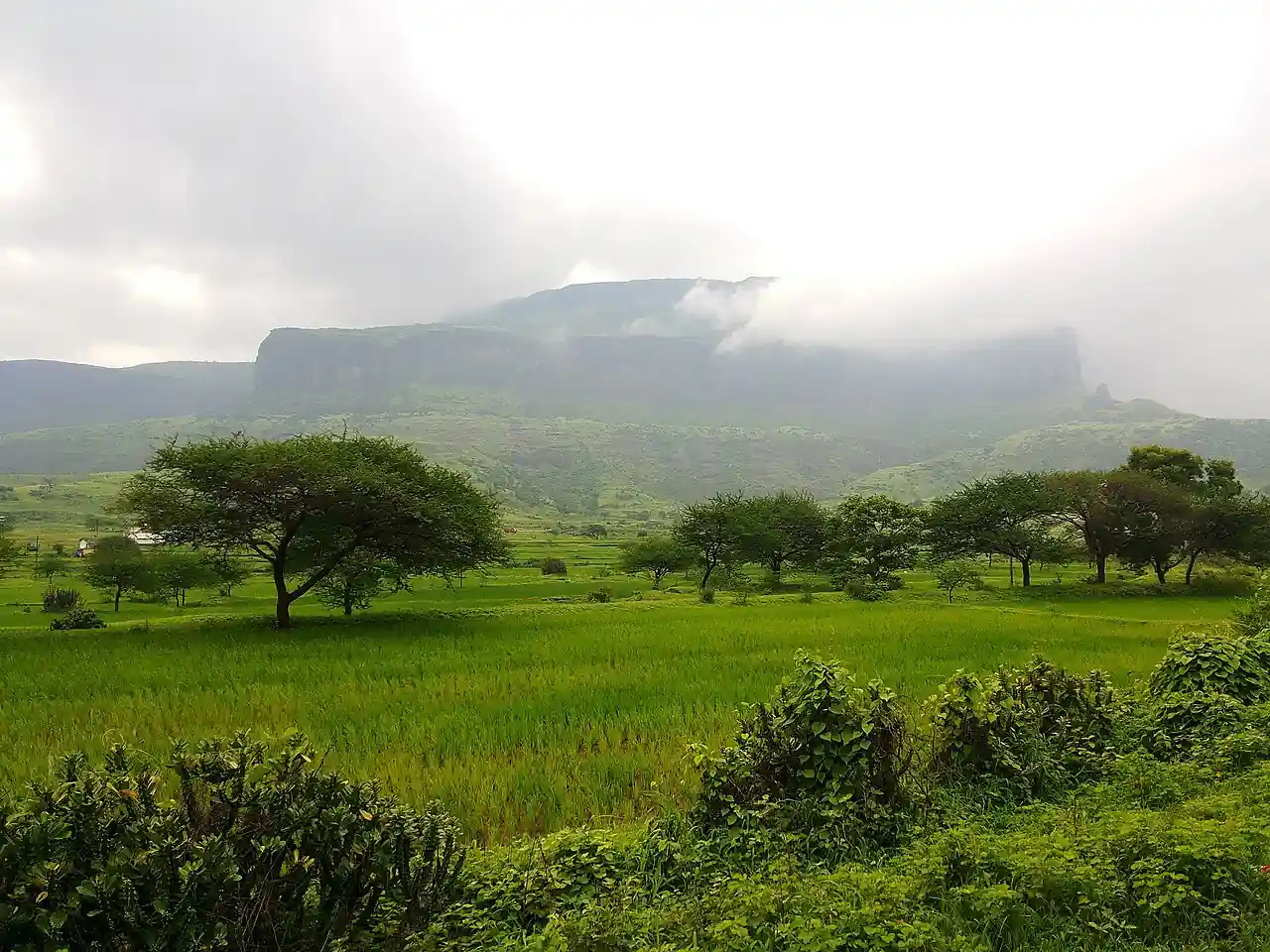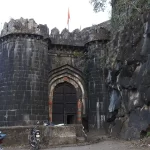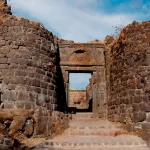By [Noel De’Crasta], Travel Historian & Cultural Analyst
➤ Unearth the Secrets of Lord Hanuman’s Birthplace and Maharashtra’s Hidden Gem
Nestled in the lush Sahyadri mountain range, Anjaneri Hill is more than just a trekking destination—it’s a tapestry of myth, history, and natural splendour. Located 20 km from Nashik on the Trimbakeshwar Road, this 4,264-foot-high marvel is a pilgrimage for devotees, adventurers, and history buffs alike.
Named after Anjana Devi, the mother of Lord Hanuman, Anjaneri’s rugged trails, ancient Jain caves, and sacred temples whisper tales of divine curses, epic penance, and celestial boons. Whether you’re drawn by spirituality, architecture, or monsoon treks through emerald landscapes, Anjaneri promises an unforgettable journey.
Ready to Explore Anjaneri? Download our free trekking checklist and start planning your adventure today!
➤ Brief Introduction:
➨ Mythological Roots & Cultural Legacy
Anjaneri’s lore is steeped in Hindu mythology. According to the Brahma Purana, celestial nymph Anjana mocked Indra, earning a curse that led to her rebirth as a monkey-faced vanara. Her penance here attracted Lord Shiva, who blessed her with Hanuman as her son. Local historian Dr. Rajesh Patil explains, “Anjaneri isn’t just a hill—it’s a living chronicle. Villagers still celebrate Hanuman Jayanti with rituals at the Anjani Devi Temple, where priests chant hymns composed by Saint Eknath”.
➨ Historical Timeline: From Jain Ascetics to British Retreats
The 11th-century Digambar Jain caves reveal Anjaneri’s role as a medieval spiritual hub. With 108 caves carved into basalt rock, monks once meditated here in solitude. During the 18th century, Raghunathrao Peshwa transformed the hill into a summer retreat, while British missionaries later held Anglican services atop its peaks. “My grandfather spoke of British sahibs picnicking here”, shares 78-year-old local farmer Prakash Wagh.
➨ Biodiversity & Conservation
Declared a Conservation Reserve in 2017, Anjaneri shelters endangered species like the Indian pangolin and crested hawk-eagle. Botanist Dr. Anjali Deshmukh notes, “The hill’s deciduous forests are a treasure trove of medicinal plants, including Aswagandha and Giloy”.
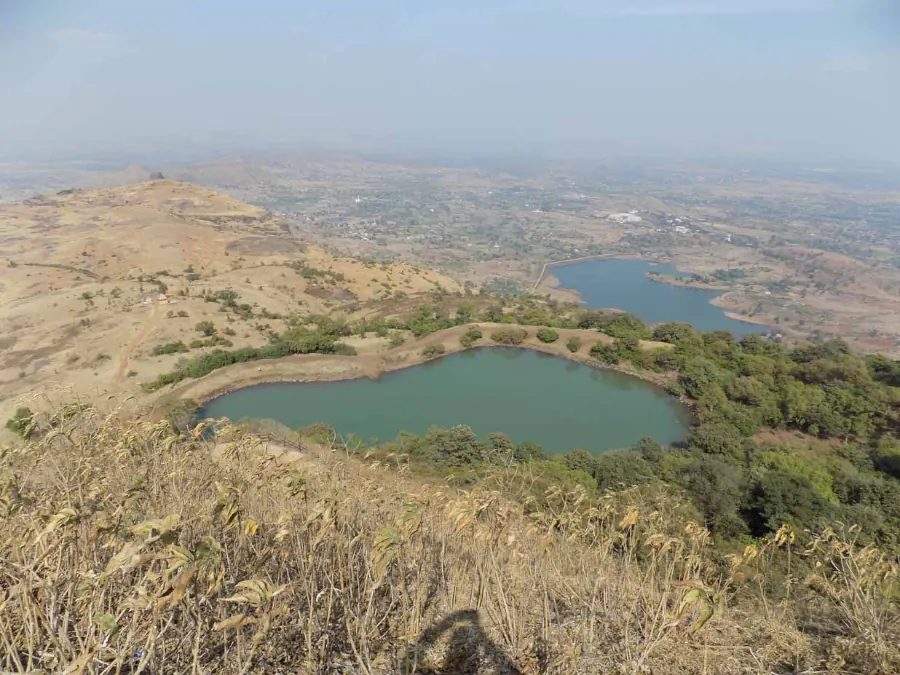
➨ Trekker’s Paradise
Monsoon transforms Anjaneri into a misty wonderland, with trails flanked by waterfalls and wildflowers. The 4-hour trek to the summit rewards hikers with panoramic views of the Brahmagiri range and Godavari River. Trek organiser Adventure Nashik warns, “The rocky terrain demands sturdy shoes—avoid shortcuts during rains!”
➨ Architectural Marvels
The hill’s Jain caves feature Chaitya halls and intricately carved Tirthankara statues. The Hemadpanthi-style Anjani Temple, with its stone lattice work, reflects Maharashtra’s medieval architectural ethos.
➨ Nashik’s Socioeconomic Fabric
Anjaneri lies in Nashik taluka, where 65% of the 1.5 million population relies on agriculture and tourism. Marathi is the lingua franca, but Hindi and English are widely spoken. The local economy thrives on grape cultivation, with Sula Vineyards attracting oenophiles globally.
Also Read
Anand Sagar, Shegaon, Maharashtra – A Spiritual Oasis Blending Serenity & Adventure
Anjaneri Hill – Nashik, Maharashtra: A Tapestry of Myth, History, and Natural Splendour
➤ Detailed Introduction
➨ Mythological Roots: The Birthplace of a Divine Legacy
Anjaneri Hill is revered as the birthplace of Lord Hanuman, a central figure in Hindu mythology. According to the Brahma Purana, Anjana Devi, Hanuman’s mother, endured a curse that led her to perform intense penance here. Her devotion attracted Lord Shiva, who blessed her with a son embodying divine strength—Hanuman.
The hill’s name derives from Anjana, and its spiritual aura is amplified by legends of her meditation, during which an anthill grew around her as she stood on one leg. This narrative is immortalised in the Bhavartha Ramayana by Saint Eknath, linking Anjaneri to Maharashtra’s cultural psyche.
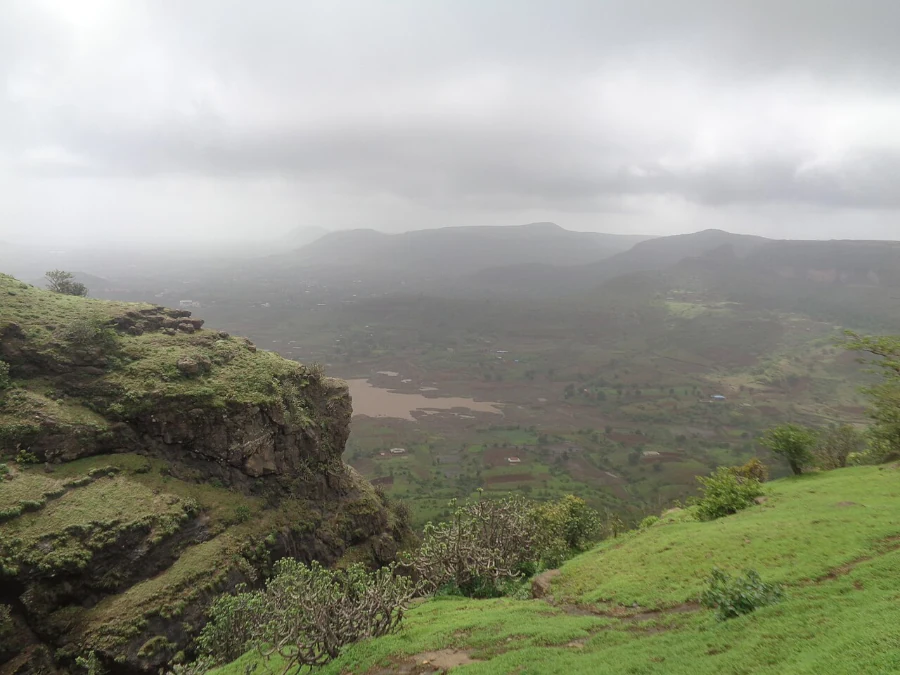
➨ Historical Timeline: From Jain Ascetics to Colonial Retreats
Anjaneri’s history spans millennia. The 11th–12th century Digambar Jain caves, carved into basalt rock, reveal its role as a medieval spiritual hub for Jain ascetics. By the 18th century, Raghunathrao Peshwa transformed the hill into a summer retreat during his exile, while British missionaries later held Anglican services here. The site’s strategic importance is evident in its position between Nashik and Trimbakeshwar, overlooking the Godavari River—a vantage point for trade and defence.
➨ Architectural Marvels: Jain Heritage and Hemadpanthi Temples
The hill’s 108 Jain caves and temples, though now partially ruined, showcase intricate carvings of Tirthankaras and yakshinis. A 12th-century inscription in the Chandraprabhu Temple references Seunadeva of the Yadava dynasty, highlighting Jainism’s golden era under Rashtrakuta and Chalukya patronage.
Tragically, some caves, like the Parshvanatha shrine, were later converted into Shiva temples, reflecting historical religious shifts. The Anjani Mata Temple, built in Hemadpanthi style, features lattice stonework and a child Hanuman idol, a rarity in Hindu iconography.
➨ Natural Grandeur: Biodiversity and Conservation
Declared a Conservation Reserve in 2017, Anjaneri spans 5.69 sq. km, sheltering endangered species like the Indian pangolin and crested Hawk-eagle. Monsoon transforms its deciduous forests into a mosaic of wildflowers, including the rare Cape York Lily, while winter unveils mist-clad meadows. The Foot-shaped lake, believed to be Hanuman’s imprint, adds mystical charm.
➨ Trekking Adventures: Trails and Challenges
The 4-hour trek to the 4,264-foot summit offers panoramic views of the Brahmagiri Range and Godavari Valley. Monsoon (June–September) enchants with waterfalls but demands caution on slippery trails, while winter (October–February) provides ideal trekking conditions. Local guides (₹500/day) often share folklore, such as tales of British picnickers and Maratha strategists.
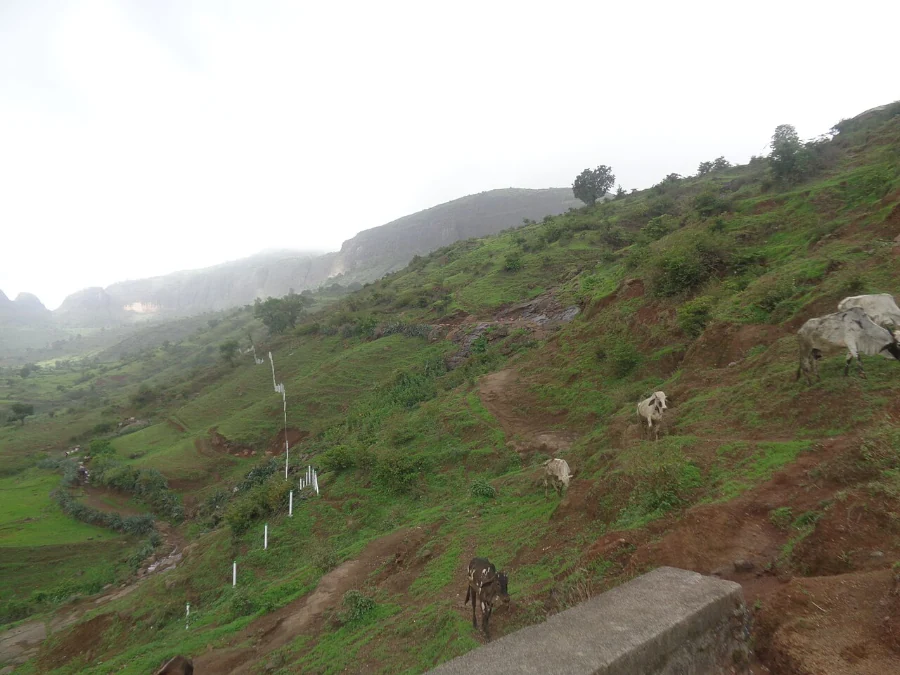
➨ Cultural Practices and Festivals
Anjaneri pulses with devotion during Hanuman Jayanti, when pilgrims throng the hilltop temple. Local farmers, like Prakash Wagh (78), recount ancestral rituals where priests chant Eknath’s hymns. Nearby, the Trimbakeshwar Jyotirlinga, 8 km away, draws Shiva devotees, creating a spiritual corridor.
➨ Socioeconomic Fabric: Nashik’s Vineyards and Villages
Anjaneri lies in Nashik taluka, where 65% of 1.5 million residents rely on agriculture and tourism. The region’s economy thrives on Grape cultivation, with Sula Vineyards (15 km away) symbolising Nashik’s title as India’s “Wine Capital”. Marathi dominates, but Hindi and English bridge communication gaps.
➨ Nearby Attractions: Spiritual and Historical Circuit
→ Pandav Leni Caves: 1st-century BC Buddhist rock-cut caves with Chaitya halls.
→ Sula Vineyards: Wine tours and festivals amid rolling vineyards.
→ Brahma Kund: A sacred tank with healing lore, nestled in verdant hills.
➨ Travel Logistics: Distances and Accessibility
→ Mumbai: 170 km (3.5 hrs via NH160).
→ Pune: 210 km (4.5 hrs).
→ Nearest Airport: Nashik’s Ozar Airport (25 km).
→ Rail: Nashik Road Station (22 km).
➨ Preservation and Future: Balancing Tourism and Ecology
Efforts to promote Eco-tourism include waste management systems and guided trails to minimise environmental impact. The Maharashtra Tourism Board collaborates with locals to restore Jain heritage sites, ensuring Anjaneri’s stories endure for future generations.
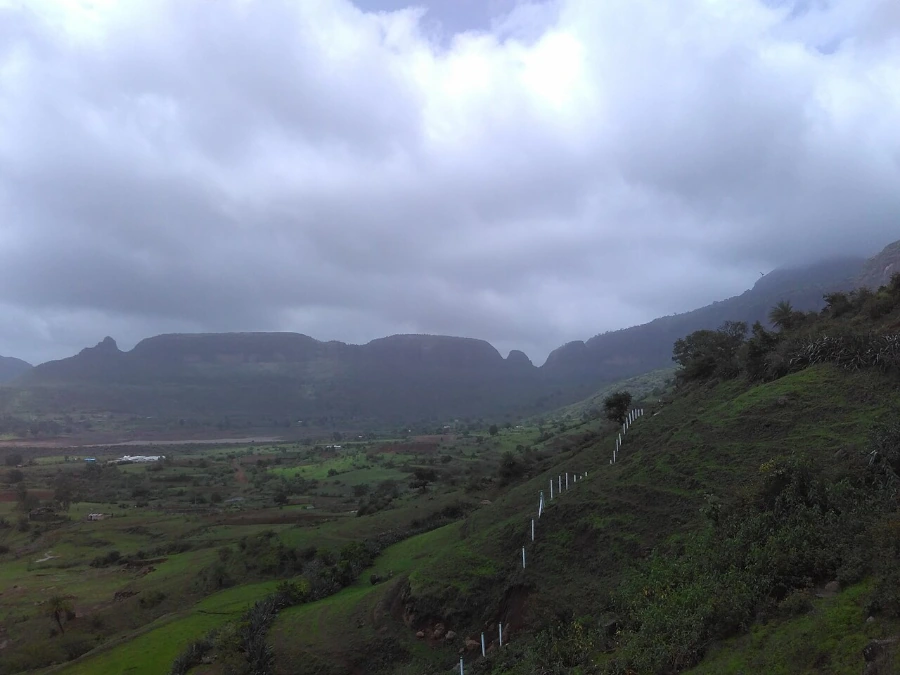
➤ Detailed Section Breakdown:
1. History & Architecture
→ Puranic Era: Anjana’s penance, Vayu’s blessing, and Hanuman’s birth.
→ Medieval Jain Influence: Cave inscriptions detailing ascetic practices.
→ Colonial Footprints: British missionary diaries archived at Nashik’s Central Library.
2. How to Reach
→ From Mumbai: 170 km (3.5 hrs via NH160).
→ From Pune: 210 km (4.5 hrs).
→ Nearest Airport: Gandhinagar (Nashik), 25 km.
3. Best Time to Visit
→ Monsoon (June–September): Lush trails, 22–28°C.
→ Winter (October–February): Clear skies, 12–24°C.
4. Nearby Attractions
→ Trimbakeshwar Temple (25 km).
→ Sula Vineyards (15 km).
→ Pandavleni Caves (30 km).
5. Local Markets & Cuisine
→ Nashik Road Market: Buy Saaj jewellery and Warli paintings.
→ Food: Savoury Misal Pav at Sheetal Snacks, sweet Shrikhand at Gujarati Bhojanalay.
6. Travel Tips
→ Carry water, sunscreen, and a first-aid kit.
→ Hire local guides (₹500/day) for hidden trails.
➤ FAQs
Is Anjaneri safe for solo trekkers?
Yes, but avoid monsoon nights due to slippery paths.
Are permits required?
No, but register at the base village.
Nearest accommodation?
MTDC Resort Nashik (budget) and Gateway Hotel (luxury).
➤ Conclusion
Anjaneri Hill is not merely a destination—it’s a living chronicle where myth, history, and nature converge. Whether tracing Hanuman’s legacy, decoding Jain inscriptions, or trekking through monsoon mists, this Sahyadri gem offers a journey through time. As local poet Sunanda Kharat muses, “Every rock here whispers a tale; you need only listen”.
Anjaneri Hill is where spirituality and adventure converge. Walk in the footsteps of sages, decode ancient carvings, or simply soak in Sahyadri’s grandeur. As local poetess Sunanda Kharat muses, “Every rock here has a story—listen closely”.
➤ Sources:
→ Incredible India: Nashik Tourism
➤ Image Credit
→ Wikimedia Commons – Anjineri fort Nasik
→ Wikimedia Commons – Anjaneri weather,nashik
→ Wikimedia Commons – Anjaneri,nashik
→ Wikimedia Commons – Anjaneri lake nashik
→ Wikimedia Commons – Anjenari mountain,nashik
For more information, you can visit our website: ExploreXP
➤ Plan your pilgrimage to Anjaneri—where legends come alive!* 🌄✨
- Aranya Devi Temple – Arrah, Bihar: Where Mythology Meets Modern Devotion

- Anjaneri Hill – Nashik, Maharashtra: Where Myth Meets Majesty
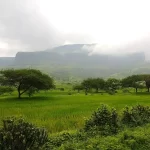
- Anand Sagar, Shegaon, Maharashtra – A Spiritual Oasis Blending Serenity & Adventure
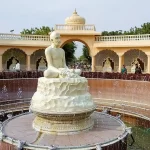
- Aga Khan Palace – Pune’s Monument of Freedom and Legacy

- Attari Sham Singh Railway Station – A Historic Gateway to Punjab’s Heritage

- Amritsar, Punjab: A Timeless Tapestry of Spirituality, History, and Cultural Grandeur
